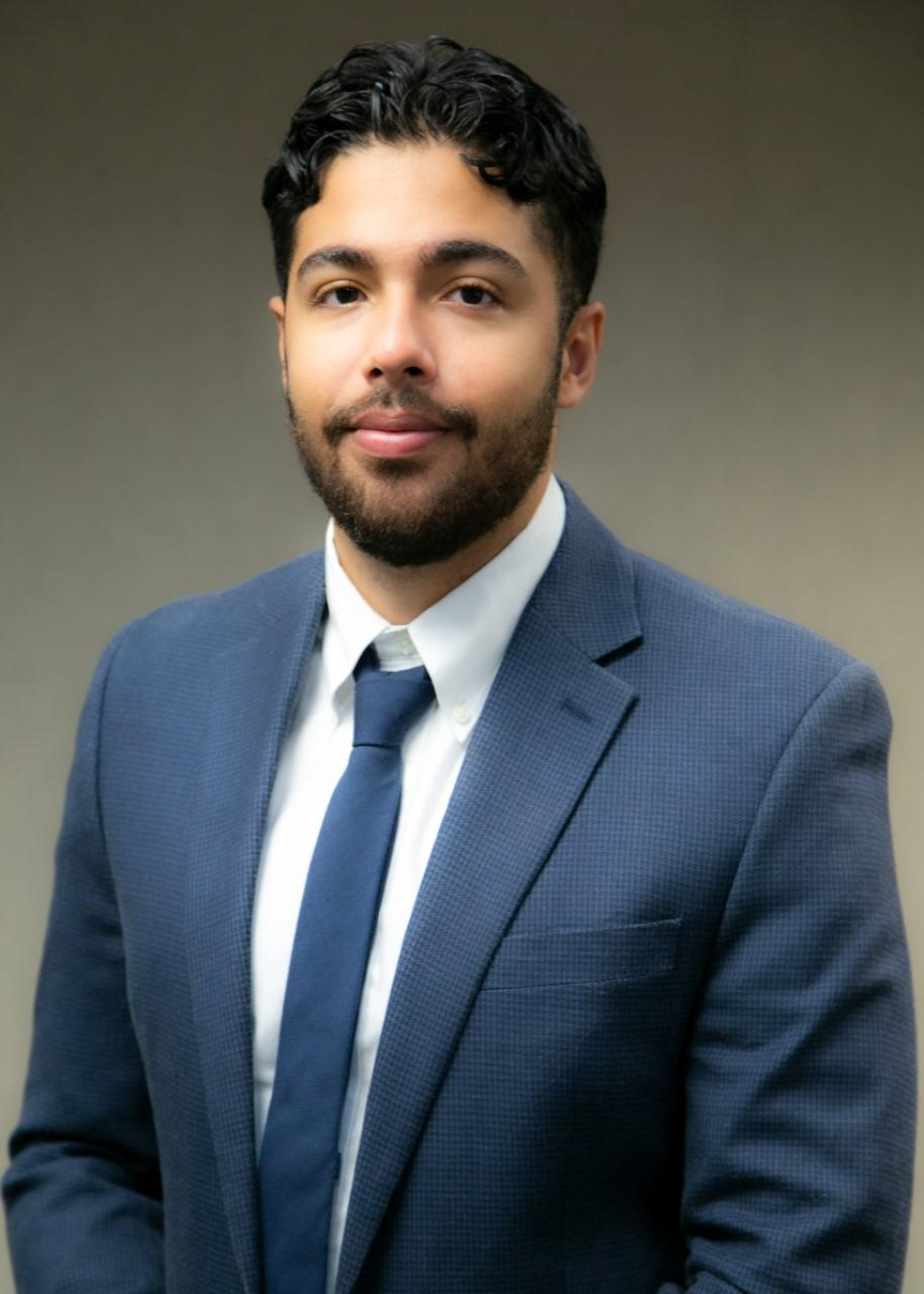Young adults with cancer living in socially vulnerable neighborhoods in Texas have a higher mortality risk, new study finds



Adolescents and young adults diagnosed with cancer that live in more socially vulnerable neighborhoods in Texas have a higher risk of dying, according to new research from UTHealth Houston.
The study was published today in the Journal of the National Cancer Institute.
“These are people diagnosed with cancer at ages 15 to 39, who are dying earlier because of where they live,” said Andrea Betts, PhD, MPH, co-first author of the study and assistant professor at UTHealth Houston School of Public Health. “It’s a tremendous tragedy for these young people, who don’t expect to get cancer in the first place and might even find difficulty getting a diagnosis because people don’t believe their symptoms are signs of cancer. So, simply thinking about the people in our study, it’s a really important finding.”
Neighborhood-level social vulnerability is a community’s susceptibility to the negative effects of external hazards and stressors, such as disease outbreaks or natural disasters. Growing research also suggests a link between neighborhood social vulnerability and chronic diseases including cancer. These neighborhood factors can include socioeconomic status, household composition and disability, minority status and language, and housing type and transportation.
Researchers analyzed more than 20 years of data from the Texas Cancer Registry, collected between 1995 and 2016, and focused on the cancer outcomes of 112,000 adolescents and young adults with cancer.
“Adolescents and young adults in the most vulnerable neighborhoods had a higher risk of dying from any cause compared to those in the least vulnerable neighborhoods. In our models, their risk was about 55% to 58% higher,” said Alex Tortolero, MS, co-first author of the study and PhD candidate at the School of Public Health.
The study also found that the five-year survival rate in the most vulnerable neighborhoods was 74%, which was significantly lower than the 86.5% five-year survival rate in the least vulnerable neighborhoods.
Researchers say the pattern is clear and consistent.
“It really didn’t matter if you were diagnosed with a cancer with an excellent prognosis or really poor prognosis,” said Caitlin C. Murphy, PhD, MPH, senior author of the study and associate professor at the School of Public Health. “We still saw the impact of the neighborhood.”
Another key finding from the study was an increased likelihood of late-stage diagnosis and being uninsured for those young adults who live in the most vulnerable neighborhoods. The role of neighborhood factors in survival and mortality of people with cancer has been understudied in adolescents and young adults.
“A few studies have emerged that examine county-level factors, but we really wanted to focus on neighborhood to establish a foundation for moving forward, both in terms of identifying the mechanisms by which neighborhood influences outcomes, and also the interventions that we can put in place now,” Betts said.
“Interventions to reduce these disparities should focus on improving access to high-quality cancer care and survivorship resources in socially vulnerable communities,” Tortolero said. “This requires a concerted effort from health care providers, policymakers, and community organizations to ensure equitable cancer treatment and support for all adolescents and young adults, regardless of their neighborhood.”
Tiffany A. Suragh, MPH, a PhD candidate with the School of Public Health, co-authored the study. Other co-authors included Sandi L. Pruitt, PhD, MPH, with UT Southwestern Medical Center, and Michael E. Roth, MD with The University of Texas MD Anderson Cancer Center.
Media Inquiries: 713-500-3030
